Overview:
A male terminal is typically attached to a wire’s stripped end through crimping or soldering. The most common method is crimping, where a wire crimping tool compresses the terminal onto the wire, creating a secure electrical connection. The crimped terminal acts as an extension of the wire, enabling it to interface with pins, posts, or other terminals in the system.
We also offer custom terminal solutions tailored to meet your specific requirements, ensuring optimal performance and compatibility for your wiring systems. Our team can work with you to design and produce terminals that meet your precise specifications and application needs.
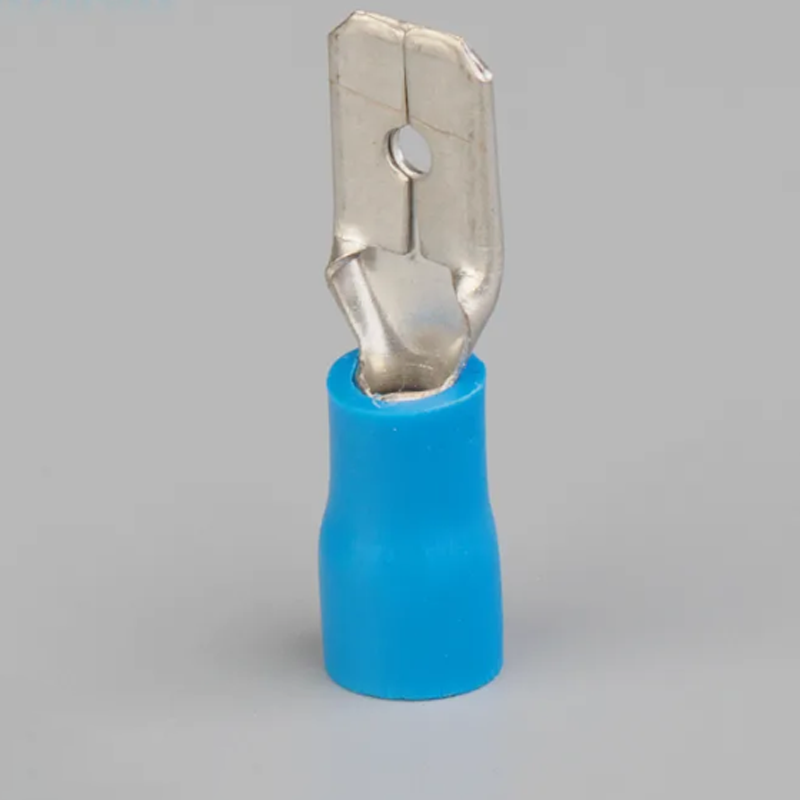
Features:
| Attribute | Details |
| Character | Durable |
| Material | Copper, Stainless Steel, Aluminum |
| Production Process | Cold Pressing |
| Shape | Custom |
| MOQ | Small orders accepted |
| Color | Custom |
| Size | Custom |
| Feature | Waterproof, Flexible, Stable, Electric Conduction |
| Transport Package | Custom |
| Specification | Customized |
| Trademark | OEM |
| Origin | Xiamen, China |
| Production Capacity | 10,000 PCS/Week |
Production Process:
-
Material Selection:
The first step involves choosing the appropriate material for the connectors, typically copper, brass, or stainless steel, depending on the application requirements such as electrical conductivity and corrosion resistance.
-
Blanking:
The chosen metal is fed into a press machine where it is cut into the desired shape and size. This process is called blanking and involves the creation of flat metal pieces or blanks that will be further processed.
-
Cold Pressing/Forming:
The blank metal pieces undergo cold pressing or stamping to shape the terminal connectors. This involves using high-precision die tooling to create the specific dimensions and contours of the terminal.
-
Crimping/Flanging:
After shaping, the terminal undergoes a crimping or flanging process, where the connector is shaped to fit the stripped end of the wire. Crimping ensures a secure electrical and mechanical connection between the wire and terminal.
-
Plating/Coating:
To improve corrosion resistance and electrical conductivity, the terminals are often coated with metals such as tin, nickel, or gold through a plating process. This ensures that the terminals will perform optimally in harsh environments.
-
Quality Inspection:
The connectors are subjected to rigorous quality control checks, including dimensional inspections and tests for conductivity, strength, and overall functionality. Any connectors that do not meet the required standards are rejected.
-
Packaging:
Once the connectors pass inspection, they are packaged according to customer specifications. This could include bulk packaging or custom packaging for easy integration into final assemblies.
Surface Treatment Options:
-
Plating (Nickel, Tin, or Gold):
Metal terminal connectors are often plated with materials like nickel, tin, or gold to improve their corrosion resistance, increase electrical conductivity, and extend their lifespan. Plating also ensures that the connectors maintain reliable performance in harsh environments.
-
Passivation:
Passivation is a chemical treatment used primarily on stainless steel connectors to enhance their resistance to corrosion. This process involves creating a thin, protective oxide layer on the surface of the metal, which helps prevent rust and other forms of degradation.
-
Electroplating:
Electroplating involves coating the connectors with a thin layer of metal through an electrolytic process. This can improve conductivity and ensure a smooth surface finish that reduces friction and wear during operation.
-
Oxidation Coating:
Oxidation coatings, such as black oxide or anodization, are applied to male metal terminals to improve surface hardness, increase wear resistance, and provide an additional protective barrier against environmental factors like moisture and chemicals.
Why Choose Us
Uncompromising Quality Assurance
Each product undergoes stringent quality control tests to ensure it meets the highest standards of performance and reliability, delivering exceptional quality every time.
Wide Range of Options & Customization
We offer an extensive selection of products to suit various needs, and we are fully equipped to provide tailored solutions based on your specific requirements and preferences.
Dedicated Customer Support
Our commitment to customer satisfaction means that you will receive personalized and responsive support throughout your purchasing journey, ensuring all questions are promptly addressed.

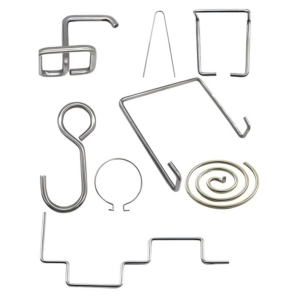
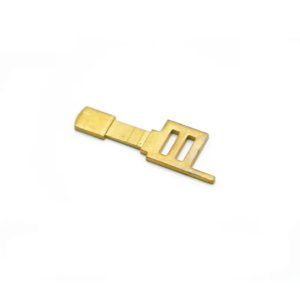

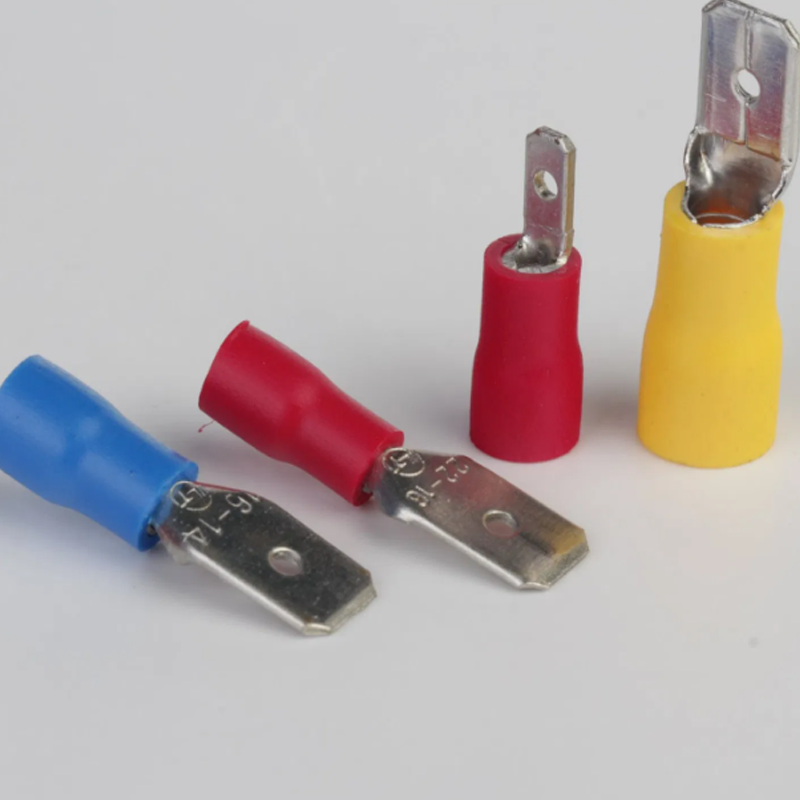
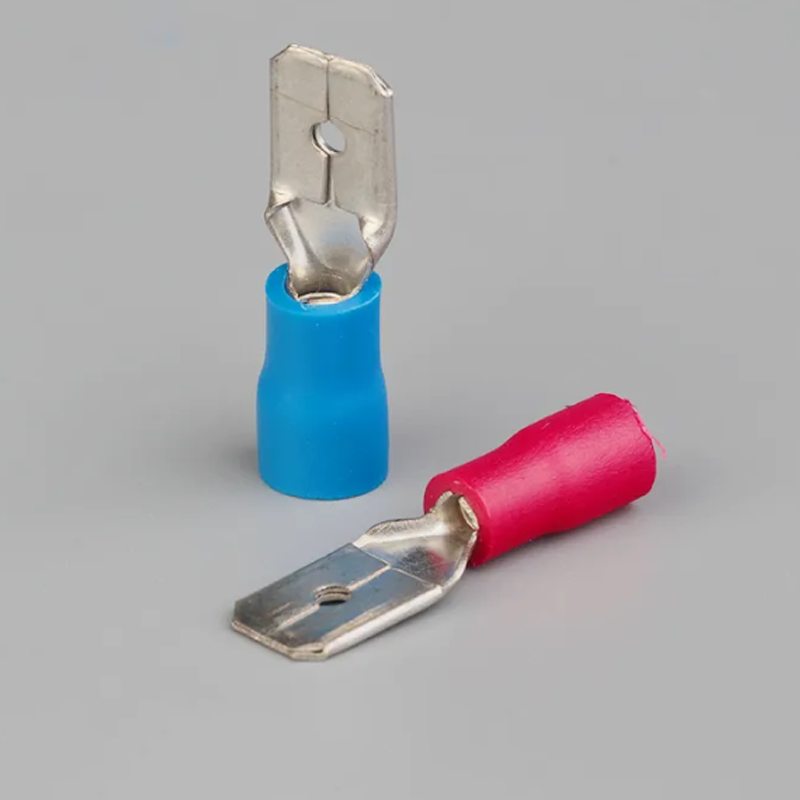






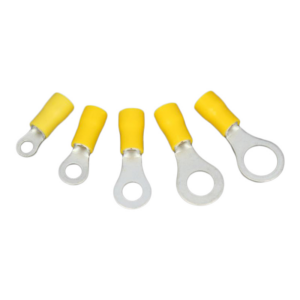
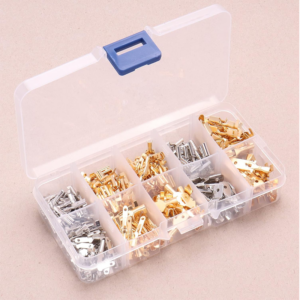

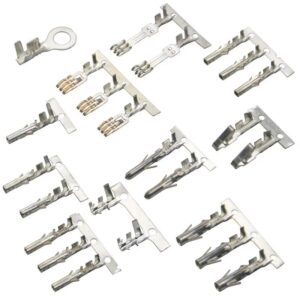
Reviews
There are no reviews yet.